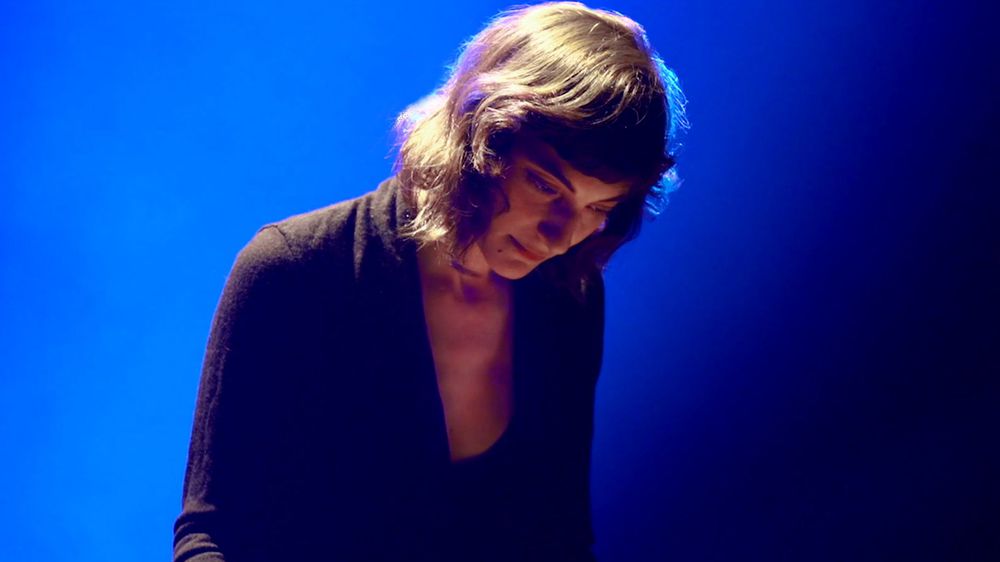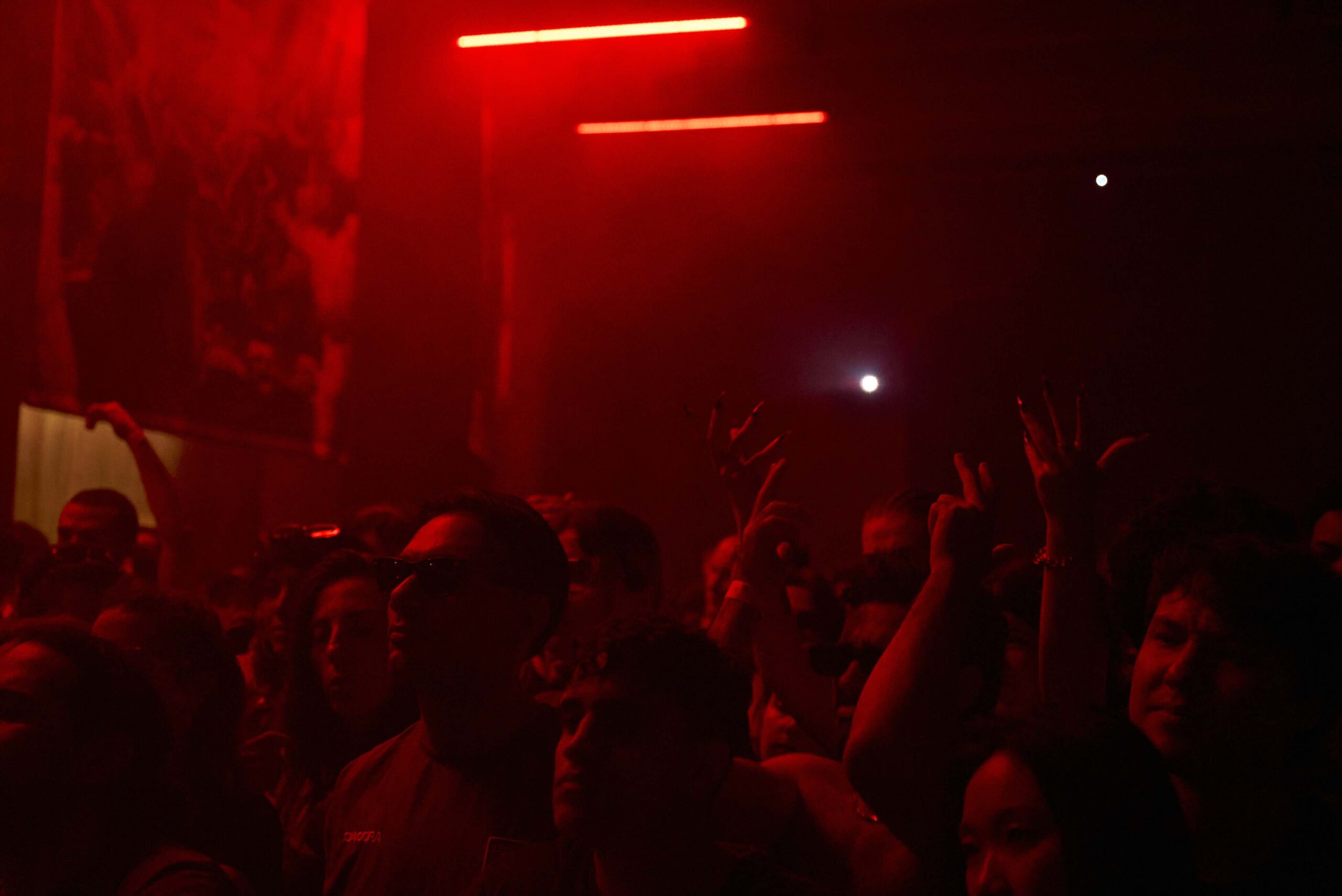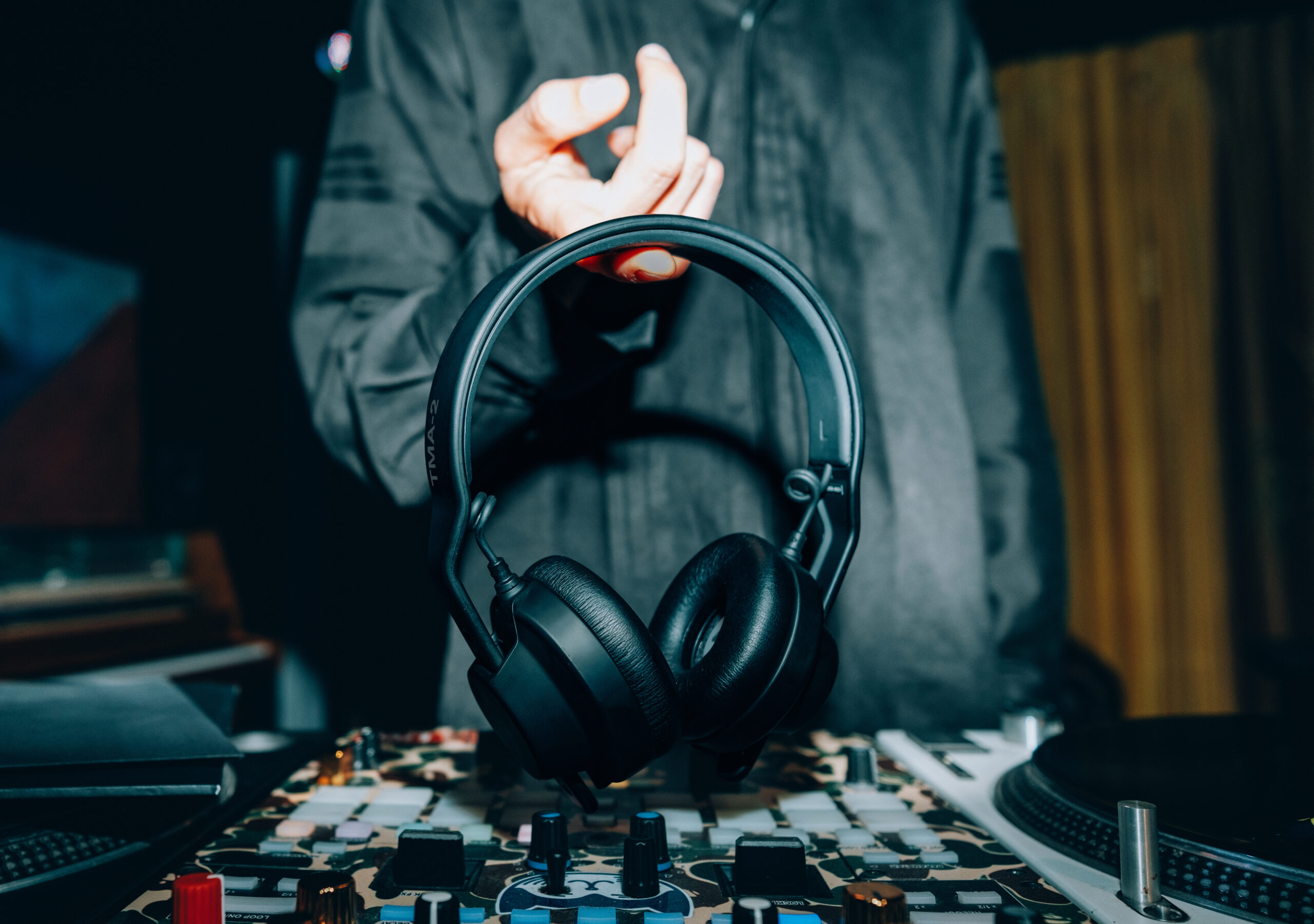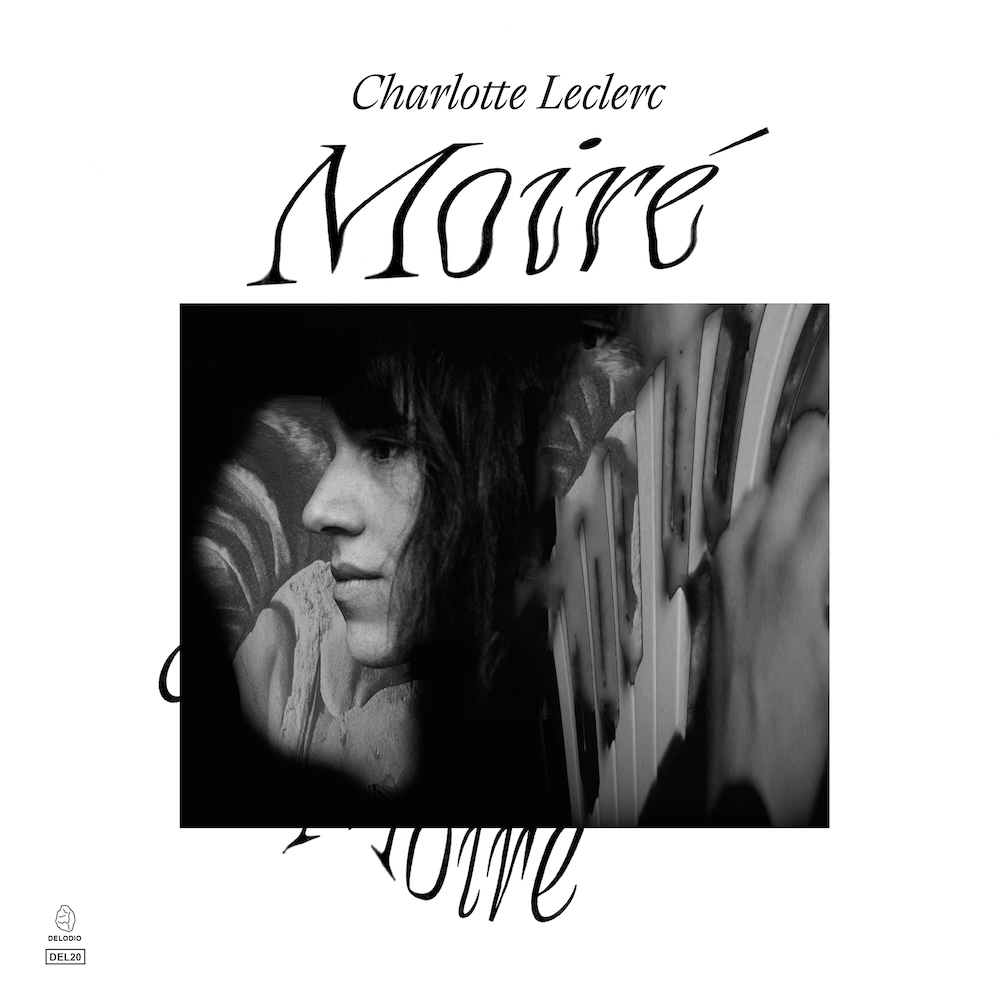Space Is The Place with Lea Bertucci

New York-based artist Lea Bertucci's work sits at the intersection of performance, installation and sound design. Her compostions look at the relationships between acoustic phenomena and biological resonance, realised through various methods including the use of woodwind instruments, electroacoustic feedback and extended instrumental technique.
Her most recent LP Acoustic Shadows, which finds a home on SA Recordings, links together three incarnations; it began as a series of site-specific musical performances and a sound installation in Koln in 2018, which then became an album, and inspired a sample library for other artists to use.
Ahead of the release she charts her favourite otherworldly tracks…
Buy Acoustic Shadows.
This track is by one of my favorite early music groups, Sequentia. An interpretation of medieval philosopher Boethius’s Songs of Consolation of Philsophy, the opening lines of the final poem in the book: Nubibus atris condita nullum fundere possunt sidera lumen. This translates to: When hid by clouds, the stars at night cannot pour forth their brilliant light. It seems to be a good time to remember that the clouds will eventually clear, and once again we will be able to see the stars again, to be guided by their brilliant light.
























Must Reads
David Holmes – Humanity As An Act Of Resistance in three chapters
As a nation, the Irish have always had a profound relationship with the people of Palestine
Rotterdam – A City which Bounces Back
The Dutch city is in a state of constant revival
Going Remote.
Home swapping as a lifestyle choice
Trending track
Vels d’Èter
Glass Isle
Shop NowDreaming
Timothy Clerkin
Shop Now